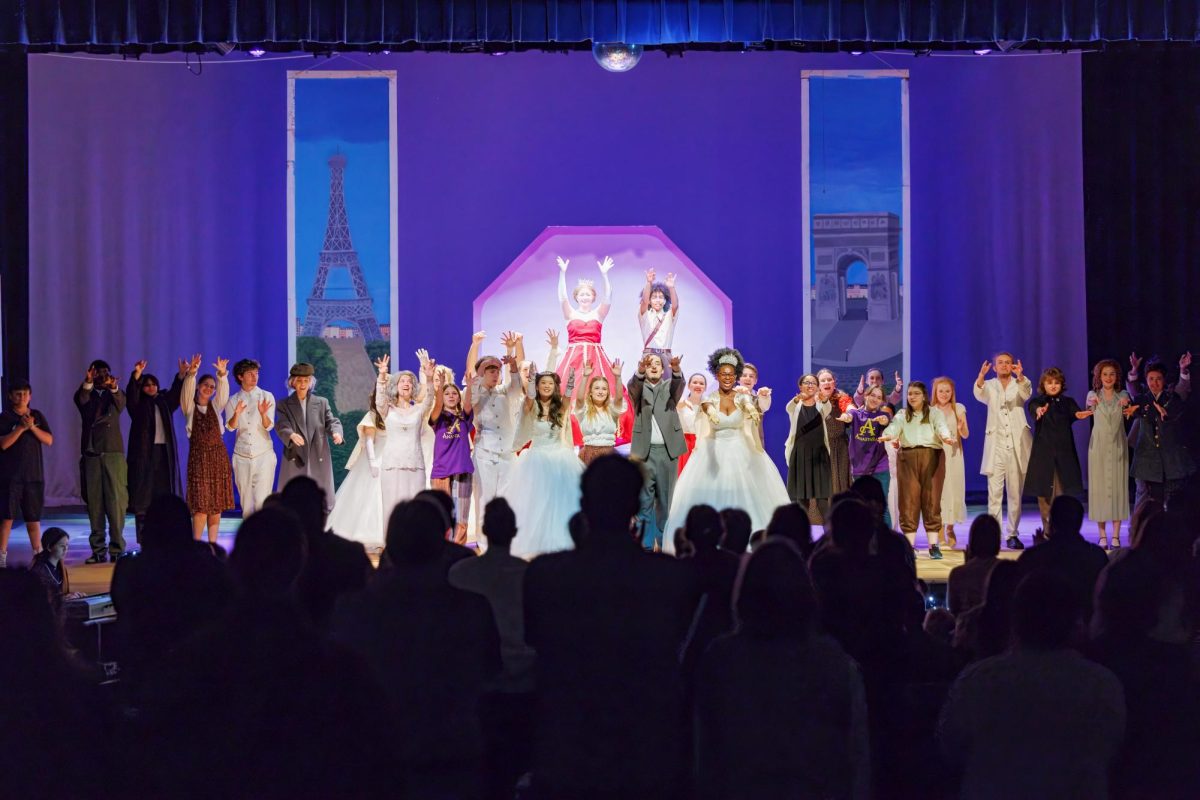A look at what is appropriate at a school dance
By: Dominic Gavan
Leesburg, VA-“When I saw on the permission slip no freaking allowed, I didn’t even know freaking was a dance,” questionably stated freshman Kris O’Connor. Most freshmen, when confronted with the word freaking, interpret it as the moves zombies would make when hobbling down the street, not inappropriate dancing. “Freaking is grinding or anything that the school thinks is too suggestive or offensive,” repeated junior Logan Feierbach, as if he was reading the definition from a dictionary.
Freaking, which is referred to as grinding by students, is a new kind of dance that puts two students very close to each other, often in very suggestive ways. The above statement is an opinion, however, as what is suggestive is in the eye of the beholder. The fact is that in the majority of schools in the nation, freaking is prohibited by the administration. “I can see why it’s not allowed. I just personally think that schools need to accept it as a new dance that we like,” expressed freshman Kayla Eaches. This opinion stands out as one of the more accepted student views on the school policy.
“If we are going to dance like this outside of school why can’t we do it inside of school?” questioned junior Jeanna Mazaris. Many students are fiercely against the policy, and will still participate in the freaking until an administrator or staff member comes and breaks up the dancing. The administration is very aware of the attitudes towards the policy, so there are usually one or two assistant principals walking around looking for students violating the rule.
It seems that the school recognizes the mostly negative opinions towards the policy; the penalties for violating the policy are for the most part a tap on the shoulder, or a polite comment asking you to stop. “At the end of the day, it is just one of those things that teens are going to do and adults aren’t going to accept,” remarked senior Ryan Bleull.
Other students such as Chapman Tagg have learned to just live with the rule. Tagg said, “I am Mormon, so I wouldn’t do it either way.”
This new freaking dance is catching on similarly to how most dancing throughout the ages has caught on. When you look back in time back to when the youth was trying out new dances, most were rejected by the older generation and taken in by the youth with open arms. Back in the 1800’s, if you touched women around their hips during ballroom dance, it was often frowned upon, so noticing the evolution of dance and acceptance of more suggestive dances is very evident. “ I see grinding [freaking] being accepted in the next 10 years, just like the way greasers used to dance back in the 50’s was accepted,” echoed junior Josh Williams. This way of thinking is optimistic but in vain, as freaking is very suggestive to the point where some people refer to it as “sex dancing,” explained freshman Brendan Evans.
Freaking is not the only dance not allowed by Loudoun County Public Schools, Raving is also prohibited. Raving is categorized as dancing where people are jumping or flailing their arms around usually in a pumping motion, usually set to music with 200 bpm or more. This dance is not sexually suggestive, but in fact it is dangerous to students who are within arm’s length of the person who is raving. Raving is notorious for having an innocent dancer taking an elbow, arm, or fist to the head.
Rave music in itself is mostly underground due to the fact that most of the people that listen to electronic music are in their early twenties. “I rave when I’m at a rave but I personally don’t see the point to rave at homecoming. The music is just not right for it,” exclaimed senior Robert Rasiak. The views on this are also more positive among the students, because most students don’t want an elbow to their head during Homecoming. Raving is also not as big a problem with enforcement with the administration; they did not have to stop any raving of any kind at homecoming this year.






